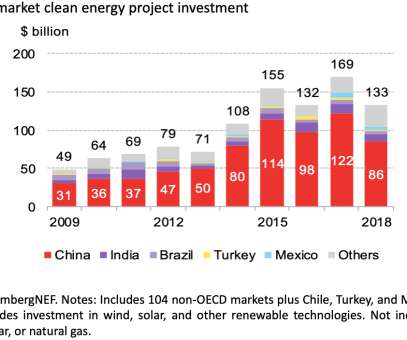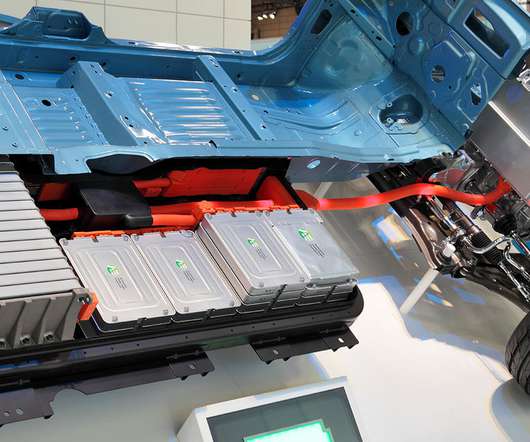Chile’s lithium dreams raise water concerns in the desert – ET Auto
Baua Electric
JUNE 6, 2024
The desert holds the main deposits of the mineral in Chile, which is part of Latin America’s “lithium triangle” with Argentina and Bolivia. Chile is seeking to retake its position as the world’s top lithium producer, but environmentalists fear extraction in the Atacama desert will harm fragile ecosystems there.












Let's personalize your content